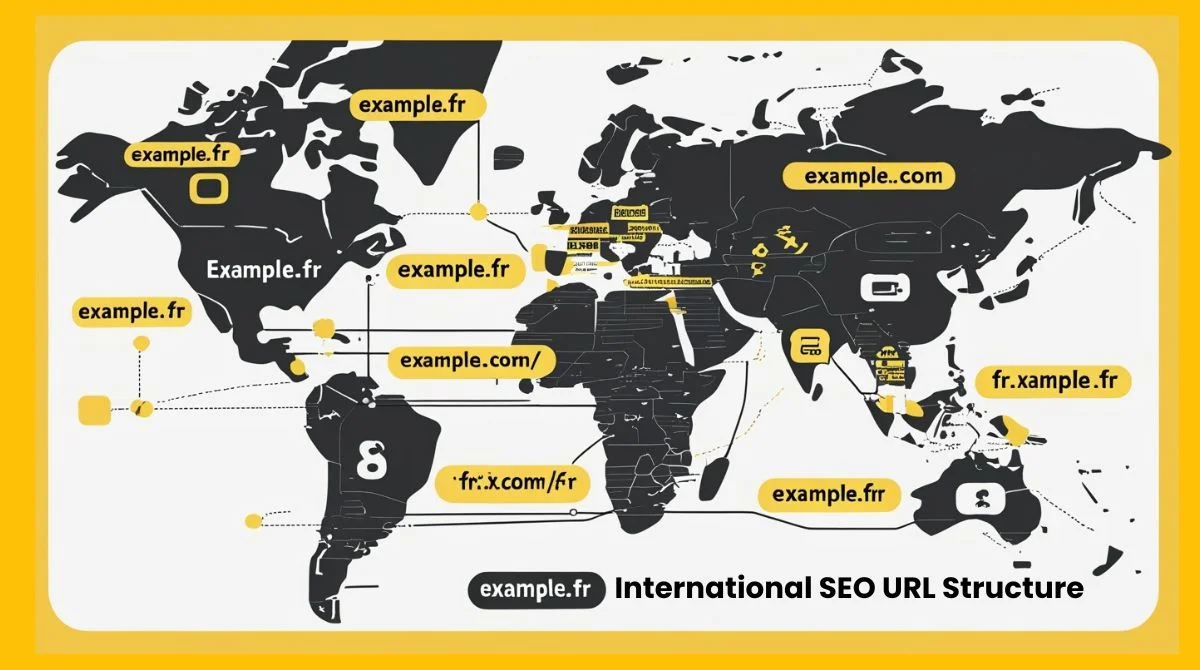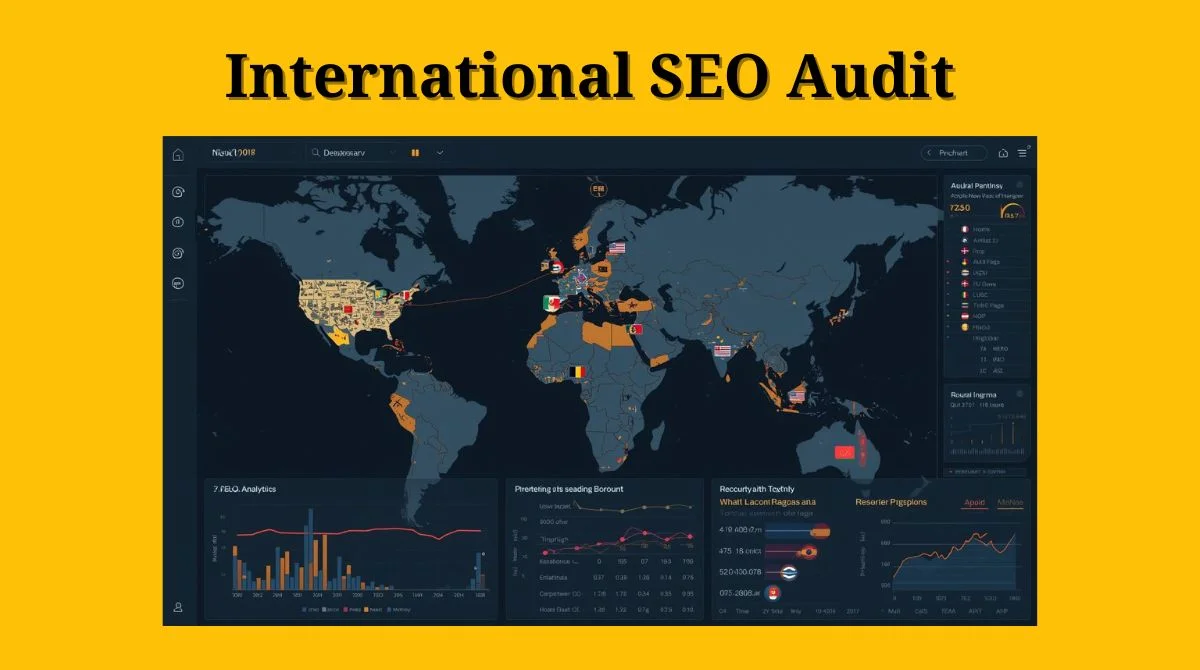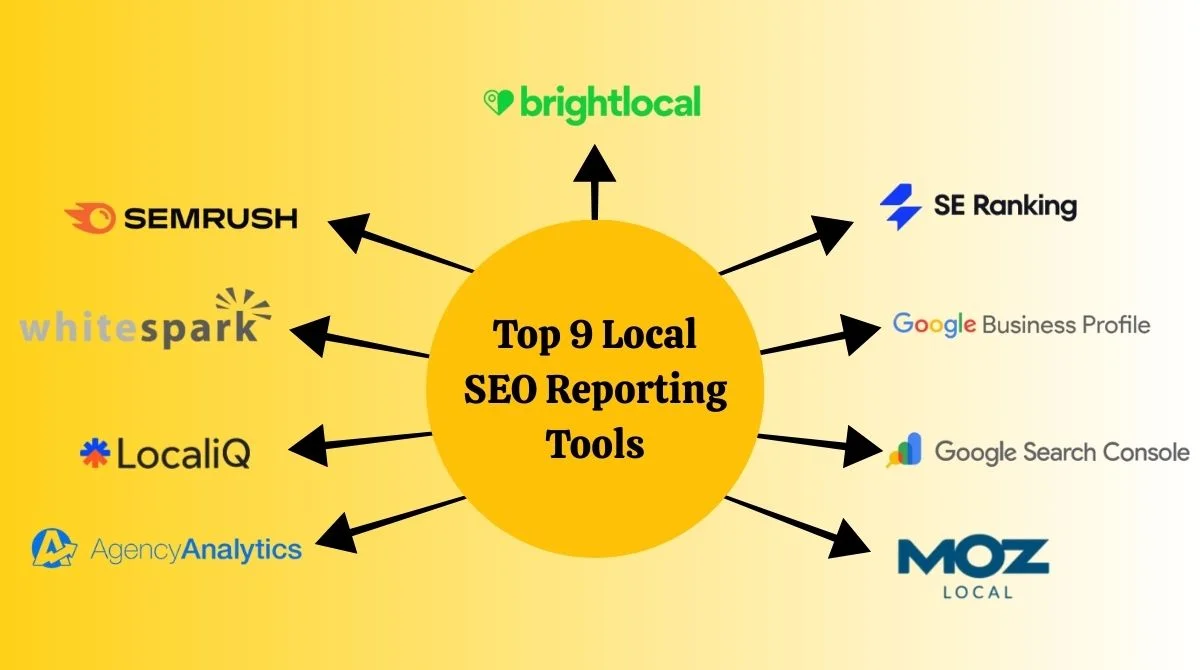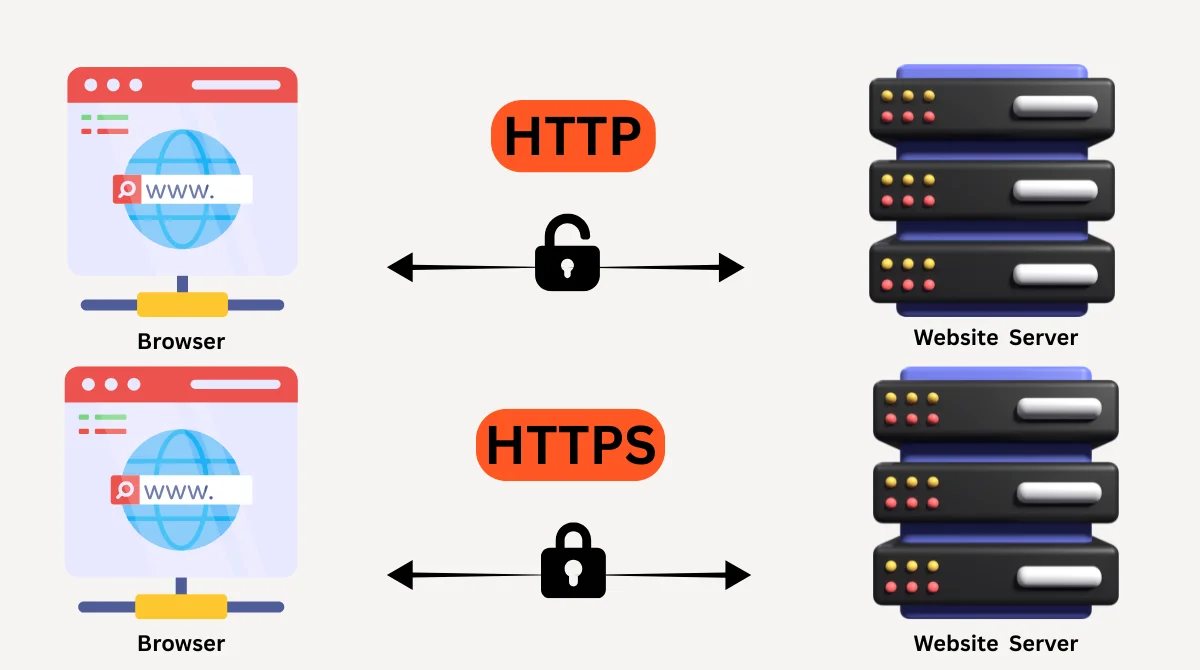- The Real Answer: Quality Over Quantity
- Current State of Backlinks
- How Many Backlinks Are Good for Your Website?
- How Many Backlinks Per Day Is Safe?
- How Many Backlinks Per Month Should You Build?
- Factors That Determine How Many High-Quality Backlinks Do I Need?
- Quality Vs Quantity: What Matters More?
- How to Determine Your Backlink Needs?
- Building Your Backlink Strategy
- Common Mistakes to Avoid
- The Future of Backlinks
- Frequently Asked Questions
- Conclusion
Getting your website to rank on Google’s first page is every website owner’s dream. But how many backlinks do you actually need to achieve this goal? The answer isn’t as simple as a magic number, but we’ll break it down for you.
The Real Answer: Quality Over Quantity
The question “how many backlinks do I need?” doesn’t have a one-size-fits-all answer. In many cases, a website can perform well with around 300–500 quality backlinks, though the exact number depends heavily on the niche and level of competition.
An established website should have 40-50 backlinks to the homepage and 0-100 backlinks to each individual web page. But here’s the catch: it’s not just about the numbers.
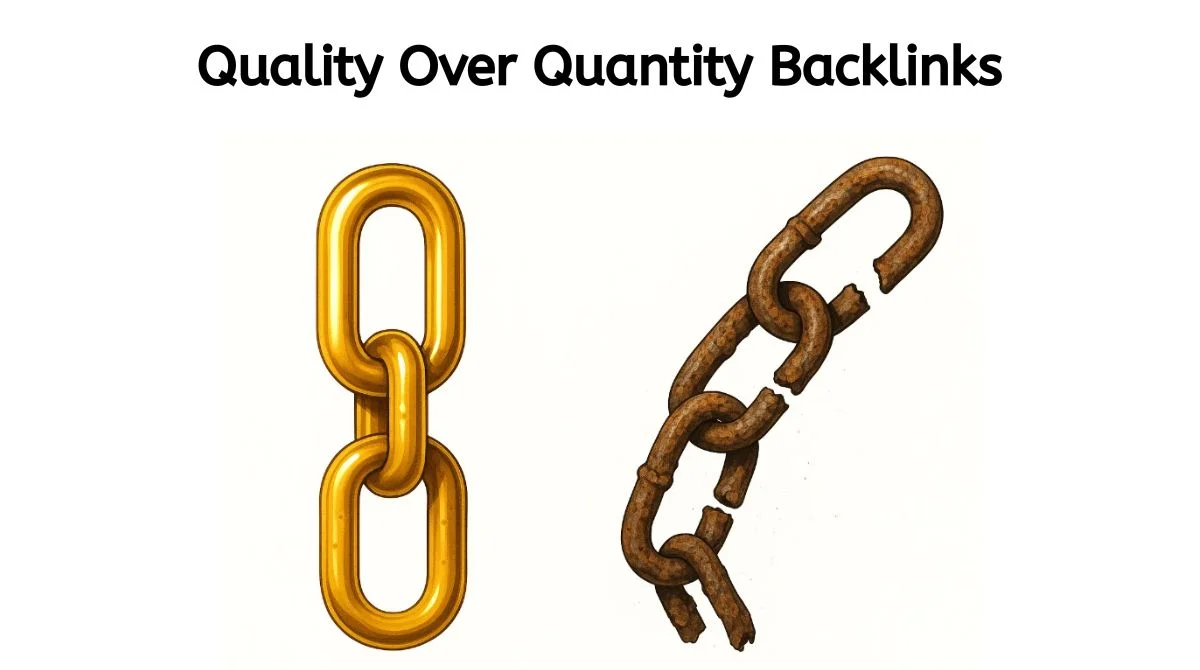
Current State of Backlinks
Despite rumors that backlinks are losing importance, they remain crucial for ranking. Google continues to use them as core ranking signals. The documents specifically highlight: SiteAuthority scores based on linking domain quality.
However, backlinks dropped two points (15% → 13%) in 2024 and remained there as of Q1 2025, highlighting that the factor, which, at one point, made up more than 50% of the algorithm, still matters, albeit far less than it used to.
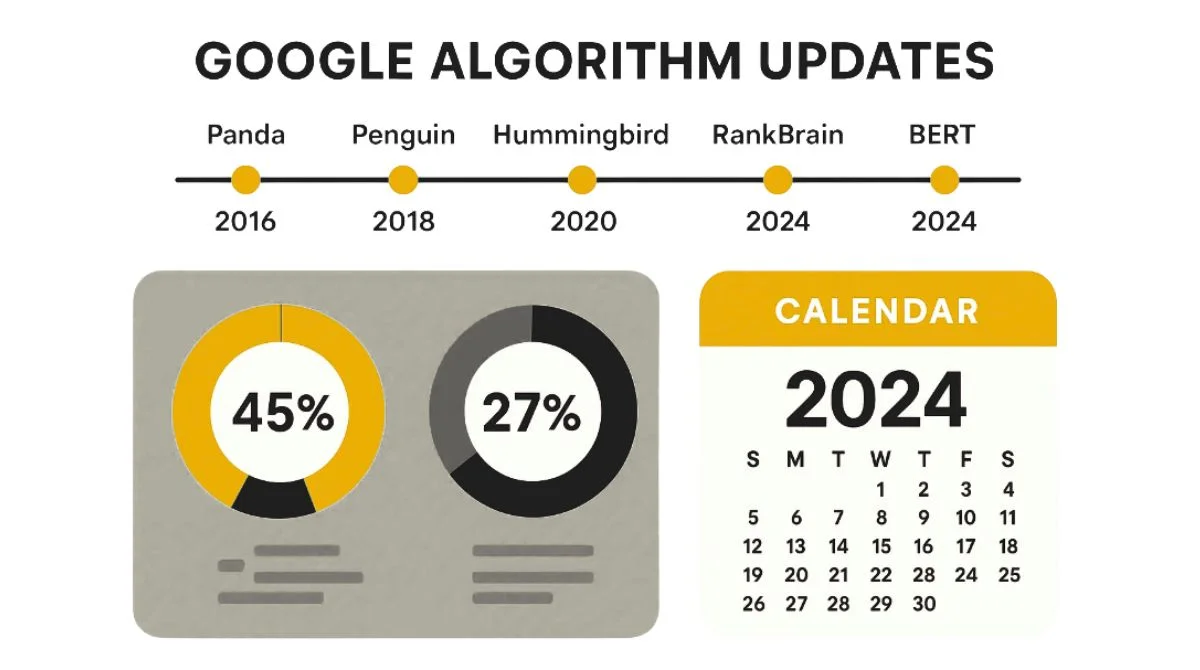
How Many Backlinks Are Good for Your Website?
The number of backlinks you need depends on your competition and niche. Here’s what recent studies reveal:
For Top Rankings
The average number of backlinks a website needed to rank in the top 3 positions of the Google search results was 521. This gives you a benchmark to aim for.
For Established Sites
A well-established website typically has around 40-50 backlinks to its homepage, with individual pages varying from 0-100.
The Reality Check
A 2025 study by Internet Marketing Ninjas found that around 96% of top-ranking sites had backlinks from at least 1,000 other domains. Meanwhile, only 0.3% of top-ranking sites had 100 or fewer domains pointing to them.
How Many Backlinks Per Day Is Safe?
Building backlinks too quickly can trigger Google’s spam filters. The key is natural growth that mimics organic link acquisition.
Monthly Growth Rate
Most of the top-ranking pages obtain backlinks from new referring domains at a pace between 5% and 14.5% each month.
Safe Daily Limits
- For new websites: 1-2 backlinks per day.
- For established sites: 3-5 backlinks per day.
- For authority sites: 5-10 backlinks per day.
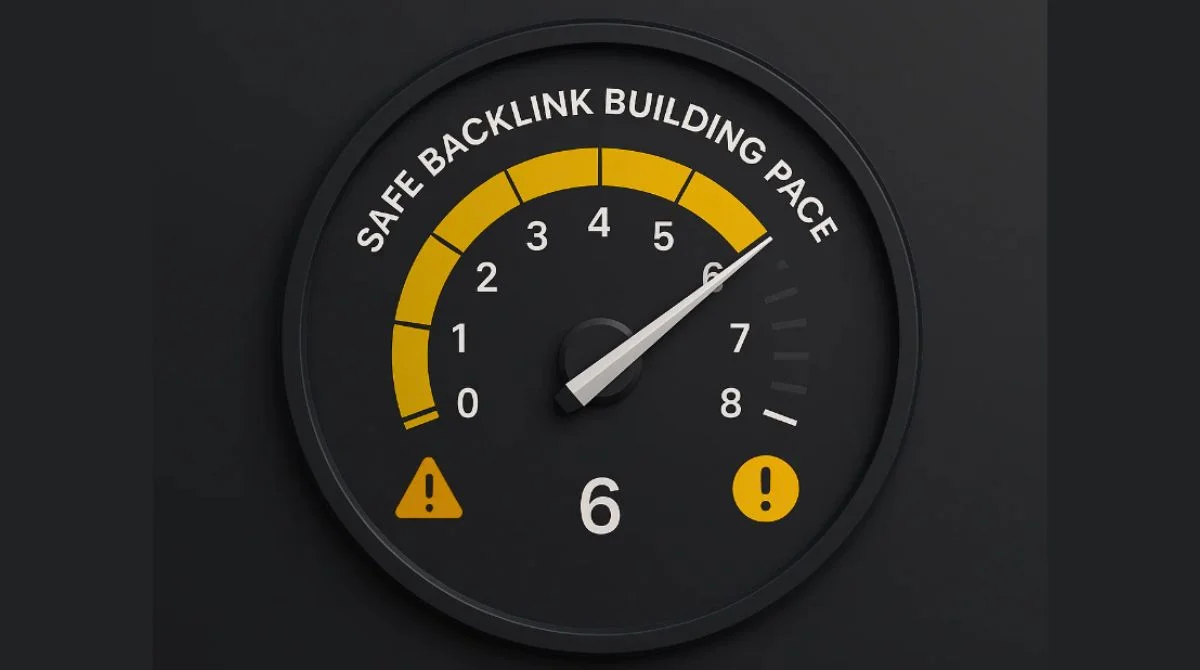
How Many Backlinks Per Month Should You Build?
Your monthly backlink building strategy should align with your website’s current authority and age.
Timeline Expectations
Building 100 organic links took 13 months, building 200 organic links took 19 months, and building 300 organic links took 25 months.
Monthly Targets by Website Age
- New websites (0-6 months): 10-20 backlinks per month.
- Growing websites (6-12 months): 20-40 backlinks per month.
- Established websites (1+ years): 40-80 backlinks per month.
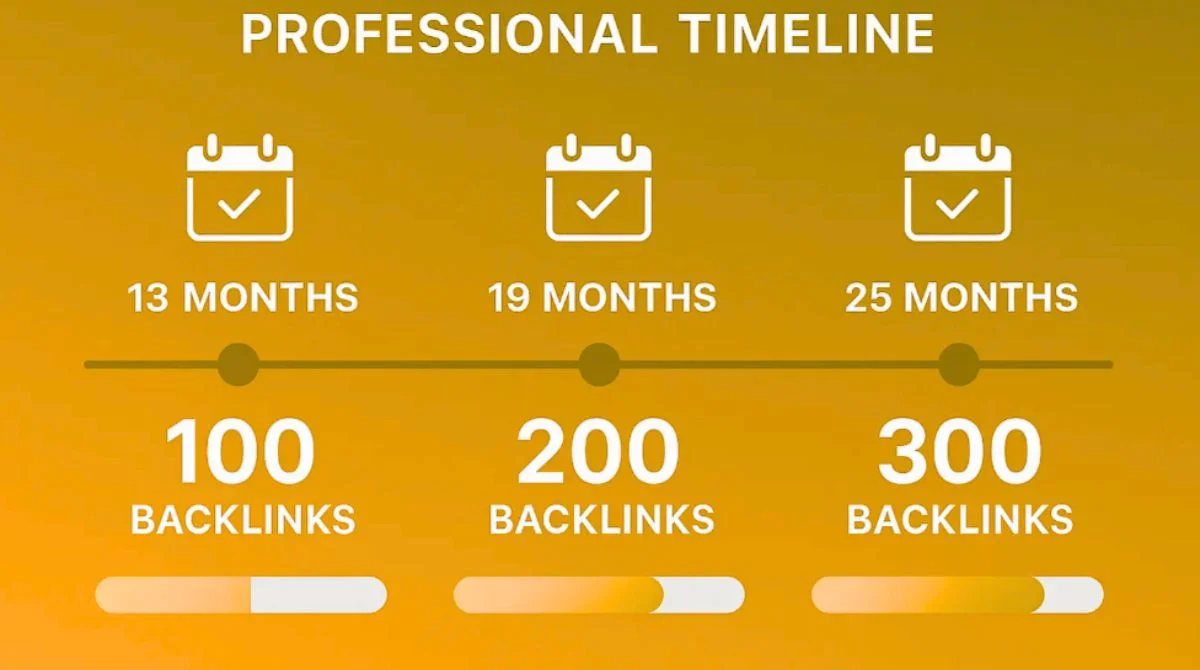
Factors That Determine How Many High-Quality Backlinks Do I Need?
1. Competition Level
High-competition keywords require more backlinks than low-competition ones. Analyze your competitors’ backlink profiles to understand what you’re up against.
2. Domain Authority
New domains need more backlinks to establish credibility compared to aged domains with existing authority.
3. Content Quality
Exceptional content naturally attracts more backlinks and requires fewer manual link-building efforts.
4. Niche Relevance
Links from relevant websites in your niche carry more weight than random backlinks.
Quality Vs Quantity: What Matters More?
Backlinks from reputable, high-authority domains can significantly boost your rankings. However, links from irrelevant or low-quality sources can harm your site’s reputation.
High-Quality Backlink Characteristics
- From authoritative domains (DR 30+).
- Relevant to your niche.
- Natural anchor text distribution.
- Editorial in nature.
- From diverse IP addresses.
Red Flags to Avoid
- Links from low-quality directories.
- Paid link networks.
- Irrelevant websites.
- Excessive exact-match anchors.
- Links from penalized domains.
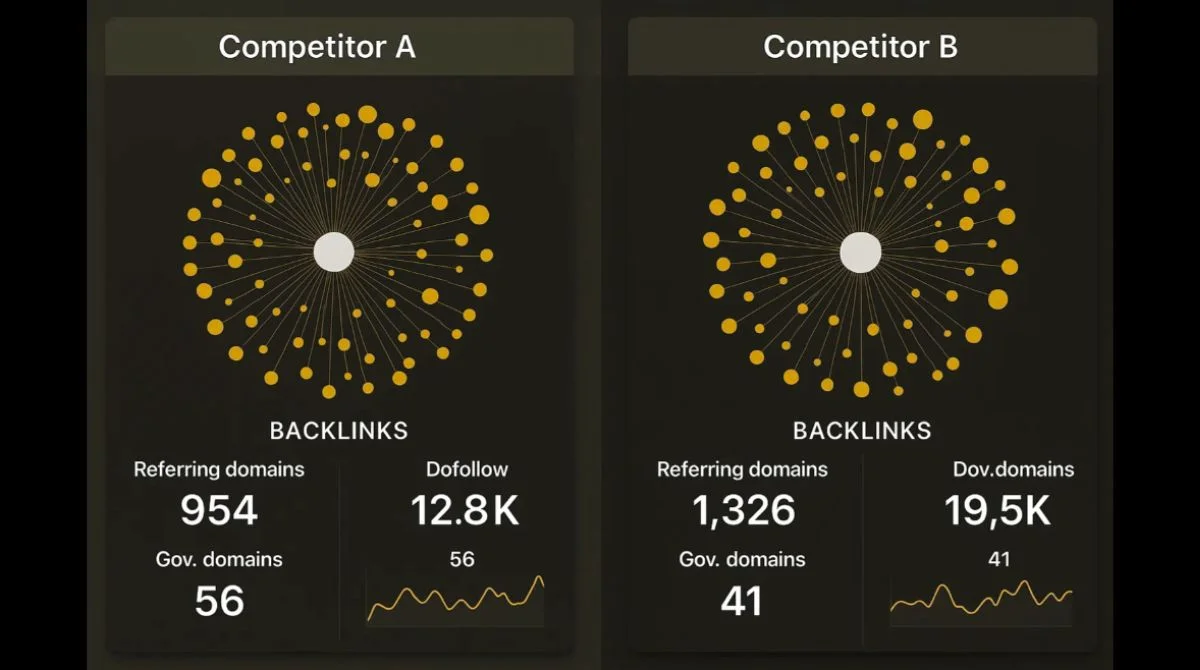
How to Determine Your Backlink Needs?
Step 1: Analyze Top Competitors
Research the top 10 results for your target keyword. Check their backlink profiles using tools like Ahrefs or SEMrush.
Step 2: Calculate Average Backlinks
Find the average number of backlinks your top competitors have. This gives you a realistic target.
Step 3: Assess Your Current Position
Evaluate your existing backlink profile and identify the gap you need to fill.
Step 4: Create a Timeline
Based on safe building rates, create a realistic timeline to reach your backlink goals.
Building Your Backlink Strategy
- Focus on Link Quality: Instead of chasing numbers, focus on acquiring high-quality backlinks from authoritative sources in your industry.
- Diversify Your Link Sources: Build links from various sources, including guest posts, resource pages, broken link building, and digital PR.
- Monitor Your Progress: Track your backlink growth and ranking improvements regularly. Adjust your strategy based on results.
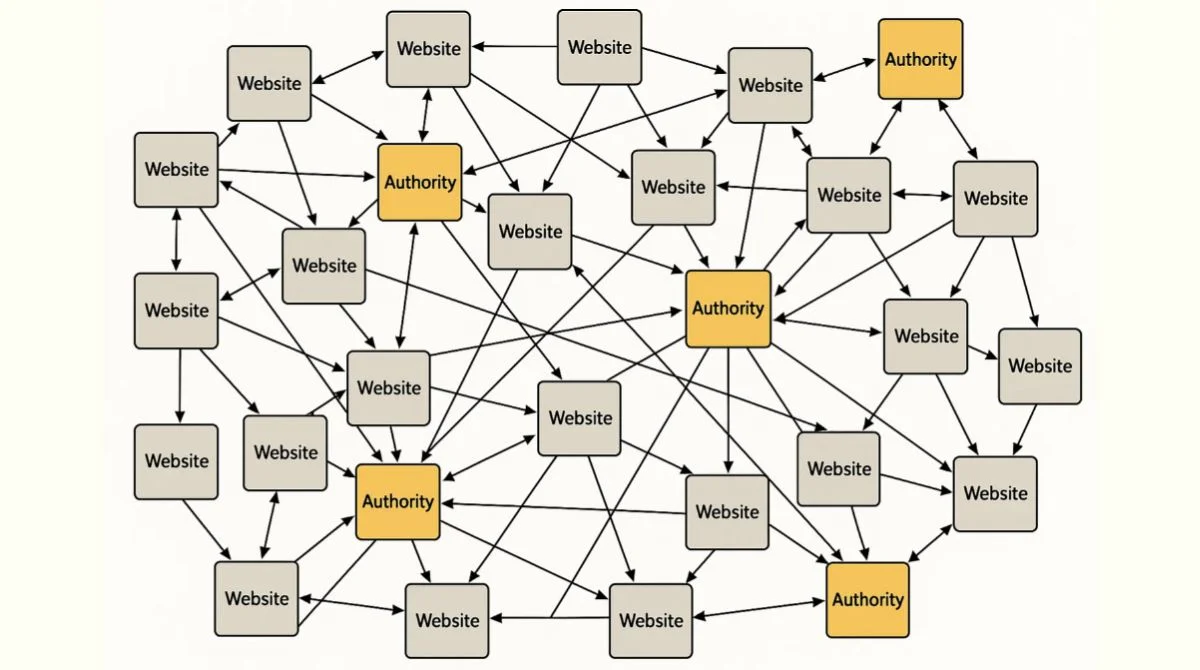
Common Mistakes to Avoid
- Building Too Fast: Rapid backlink acquisition can trigger Google penalties. Maintain a natural growth rate.
- Ignoring Relevance: Links from irrelevant sites provide little value and may harm your rankings.
- Focusing Only on Homepage: Distribute backlinks across your important pages, not just the homepage.
- Using Exact Match Anchors: Vary your anchor text to maintain a natural link profile.
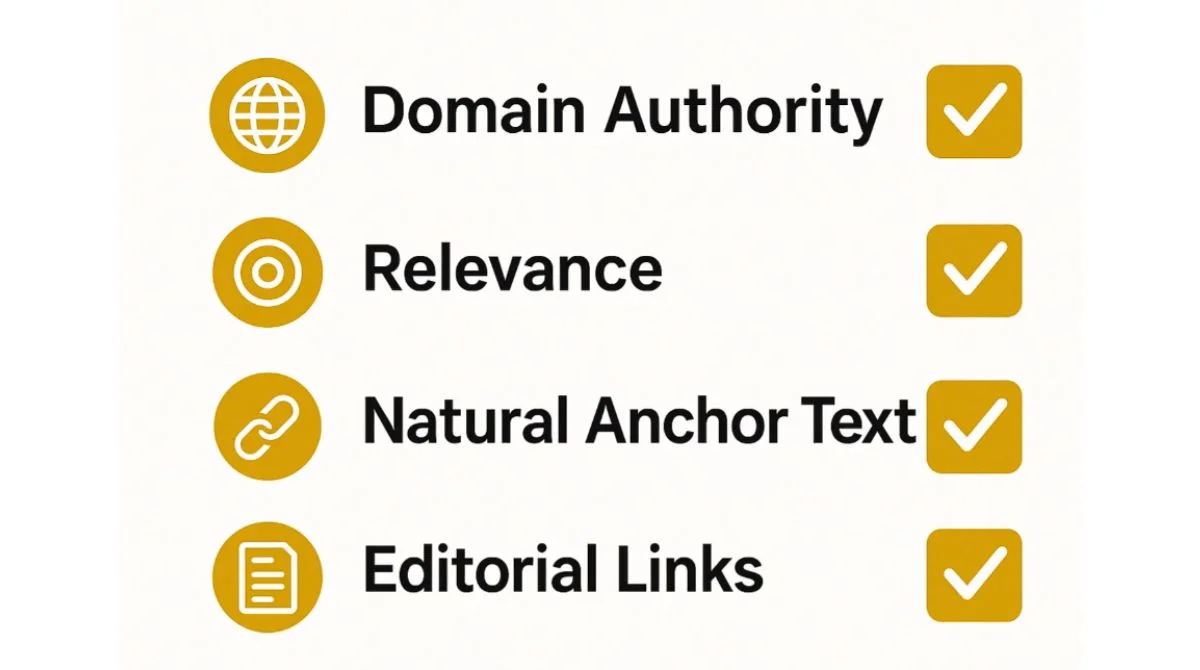
The Future of Backlinks
In 2025, genuine links still serve as the lifeblood of sustainable SEO strategies. But pathways for cultivating authoritative links require continuous adaptation as Google’s ranking algorithms march on against spam.
While backlinks remain important, their role continues evolving. Focus on building genuine relationships and creating valuable content that naturally attracts links.
Frequently Asked Questions
Q1. How many backlinks do you need to rank on the first page?
Most websites need 300-500 quality backlinks to rank on the first page, but this varies by competition and niche.
Q2. How many backlinks per day is safe to build?
For new sites, 1-2 backlinks per day is safe. Established sites can handle 3-5 daily backlinks without triggering penalties.
Q3. How many backlinks does a site have on average?
Top-ranking sites typically have backlinks from 1,000+ domains, with established sites averaging 40-50 homepage backlinks.
Q4. How many backlinks is good for a new website?
New websites should aim for 10-20 quality backlinks per month, focusing on relevance and authority over quantity.
Q5. How many high-quality backlinks do I need for competitive keywords?
Competitive keywords may require 500-1,000+ quality backlinks from authoritative domains to rank on the first page.
Conclusion
The question “how many backlinks do I need to rank” doesn’t have a universal answer. While studies suggest 300-500 quality backlinks can help most sites rank well, your specific needs depend on competition, niche, and content quality. Focus on building high-quality, relevant backlinks at a natural pace rather than chasing arbitrary numbers. Remember, one high-authority backlink can be worth more than dozens of low-quality ones. Start with a realistic goal of 20-40 quality backlinks per month and adjust based on your results and competition analysis.


